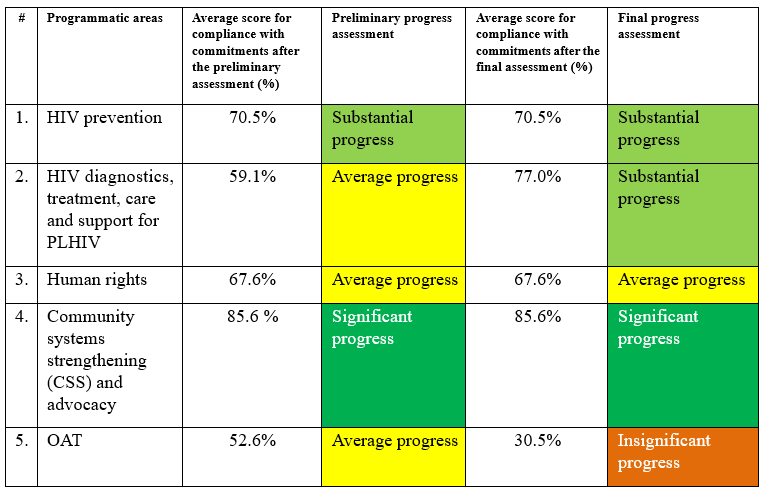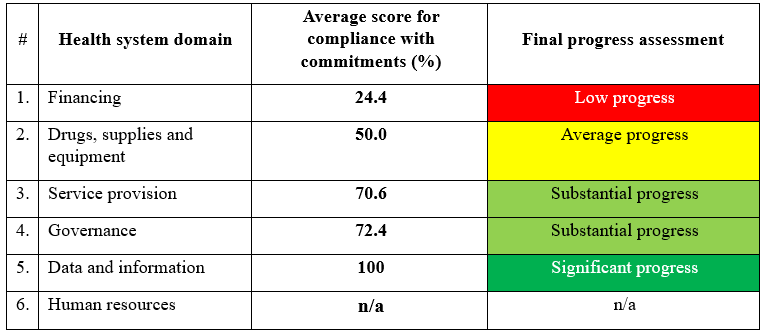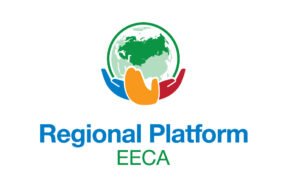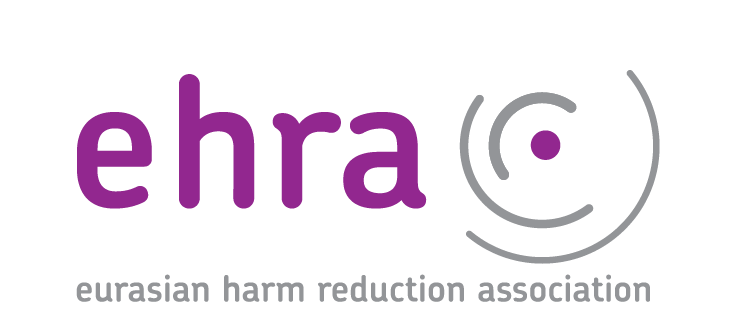Republic of Tajikistan: Reassessment of the Implementation of the State Commitments to Ensure Sustainability of the HIV Response among Key Populations in the Context of Transition from Donor Support to Domestic Funding
- 28.10.2024 11:29
- Post Views: 136
The purpose of this study is to re-evaluate the state’s commitments to ensure a sustainable response to HIV among key affected populations (KAP) in the Republic of Tajikistan in the context of the transition from Global Fund support to national funding. The results of this assessment should contribute to raising the awareness of stakeholders, including representatives of NGOs, communities and international partners, about the transition process and contribute to further advocacy for the sustainability of national HIV response among KAPs.
This study was carried out in accordance with the methodological guide “Assessing Public Commitments to Ensure Sustainability of the HIV Response Among Key Populations in the Transition to National Funding” using the transition monitoring tool, which was developed by the Eurasian Harm Reduction Association (EHRA) and updated following the piloting of this methodology in the EECA region in 2020–2021.
The study was conducted by assessing the achievements in the implementation of pre-selected national commitments based on an analysis of published and open source documents related to the sustainability of HIV programs. The assessment was conducted by a national consultant with the support of a National Reference Group of Experts, including representatives of government, public and international organizations, as well as representatives of key communities.
The assessment findings included in this report indicate only progress towards the implementation of particular national commitments for the period 2021–2023, prioritized for the purposes of this assessment, categorized by key health system components and priority programmatic areas, and those that are directly relevant to the sustainability of the HIV response among key populations.
The following overall assessment of progress in implementing the selected commitments was obtained:
Table 1. Overall assessment of progress in meeting commitments by programmatic areas

Table 2. Overall assessment of progress in meeting commitments by health system domains

Related News
Services for migrants and refugees from Ukraine – HIV/TB care with a focus on key populations
Due to the increasing flows of refugees from Ukraine because of Russia’s invasion of Ukraine, the EECA Regional Platform created a spreadsheet to fill contacts details of face-to-face and online services for refugees and migrants (with a focus on HIV/TB care and key population groups).
Regional Platform – EECA
This web-resource is a part of new regional communication and coordination project “Regional Civil Society and Community Support, Coordination and Communication Platform - EECA”, implemented by Eurasian Harm Reduction Association (EHRA).
Tags
See also
-
RFP: consultant for meeting preparation/ facilitation 15.10.2025 16:22
-
WEBINAR: Web3 and Crypto Fundraising 13.10.2025 15:43
-
EECA’s Regional Platform monthly Newsletter #16, September 2025 18.09.2025 16:23
-
Report: Community engagement in Global Fund reprioritization 16.09.2025 12:35
-
Global Fund 2025 Results Report 12.09.2025 12:18







